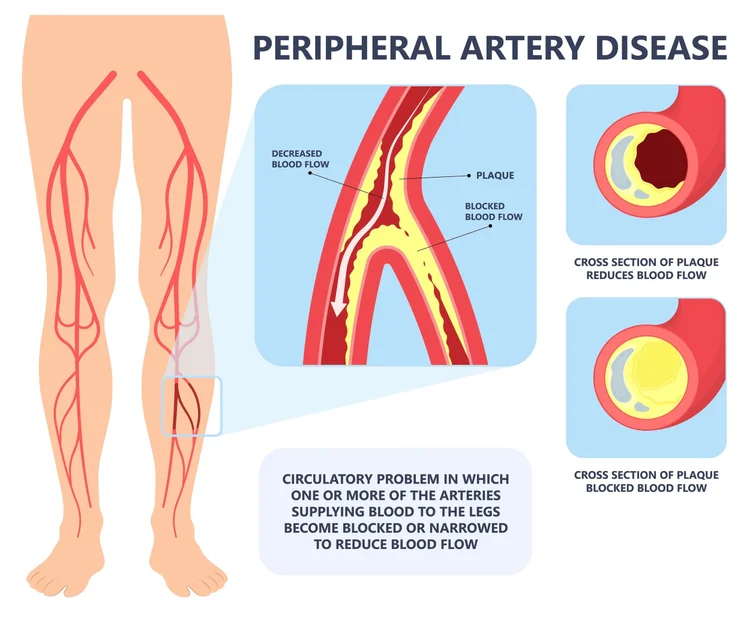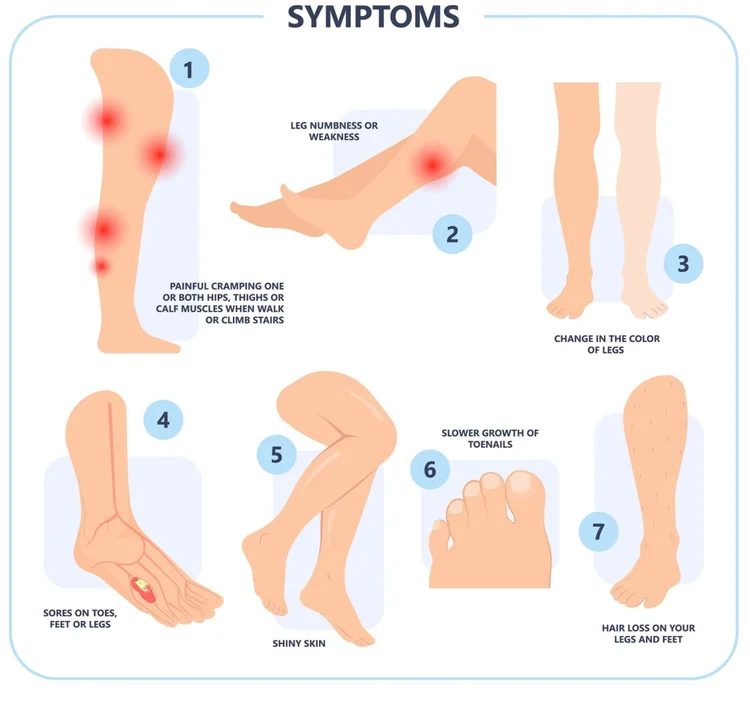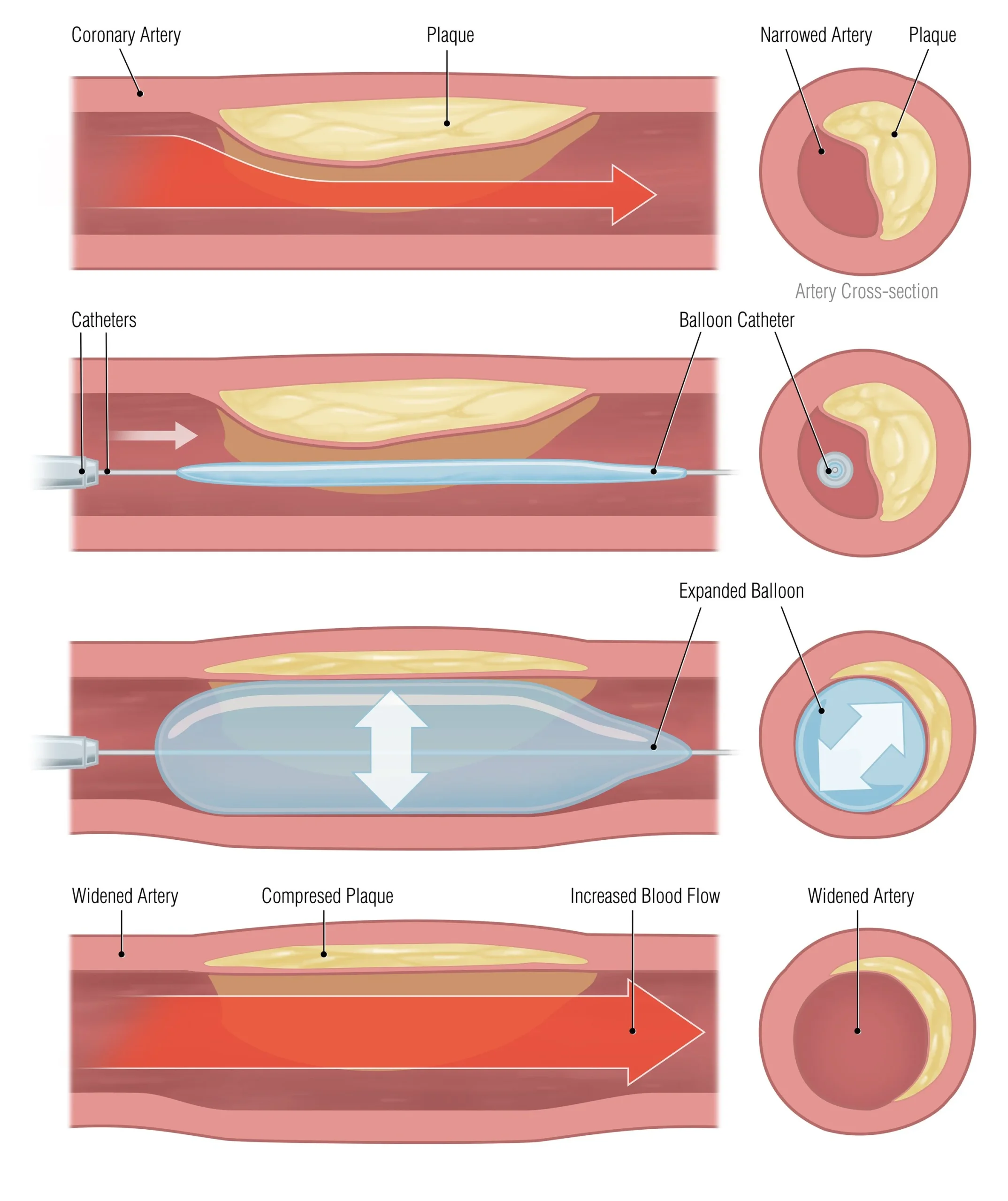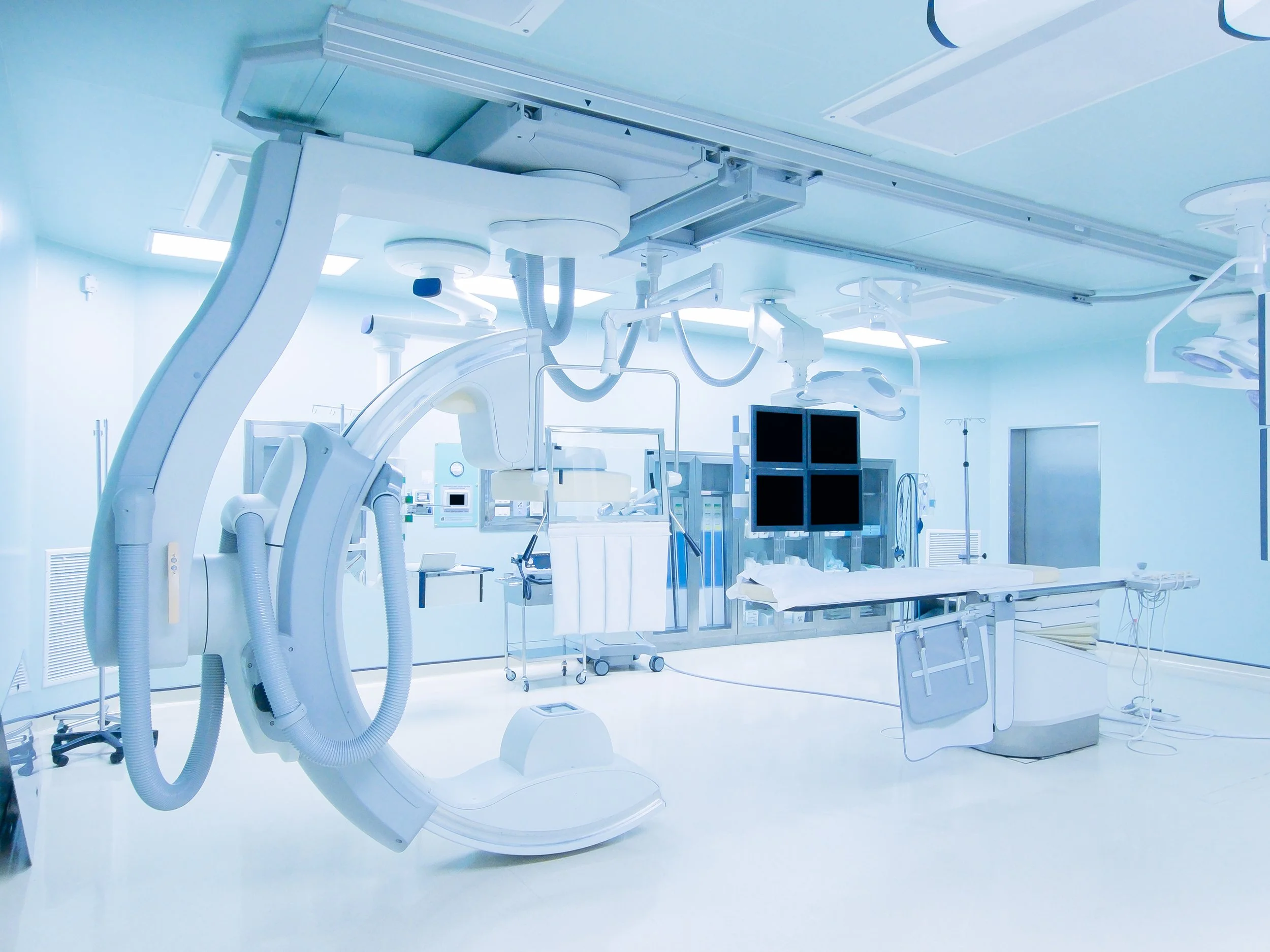Angioplasty and Stenting
Peripheral Vascular Disease


Peripheral Vascular Disease
As we get older, plaques can accumulate in the arteries which cause narrowing or occlusion. There are a few factors which increase the rate of this happening, including smoking, high cholesterol, diabetes and high blood pressure.
This causes poor circulation and reduced blood flow to the calf and foot.
Symptoms of peripheral vascular disease include:
Pain and cramping of leg when walking or climbing stairs.
Leg numbness or weakness.
Change in the color of legs.
Sores on toes, feet or legs.
Less specific symptoms like shinny skin, slower growth of toenails and hair loss on legs and feet.
If you experience any of these symptoms, you may want to see your GP or a vascular surgeon.
Treatment Options:
Peripheral vascular disease can be treated conservatively with medical therapy, using minimally invasive techniques like angioplasty and stenting, or with bypass surgery. The best treatment option is based on many factors and your vascular surgeon can give you the best advice on this.
Angioplasty and Stenting
Angioplasty
Angioplasty is a procedure when a narrowing in an artery, usually in the leg, is stretched open using a special balloon. This is done to improve flow to organ distal to the narrowing, usually the calf and foot in the case of leg angioplasty.
Stenting
Occasionally, the narrowing reoccurs immediately after repeated angioplasty, a metal stent in inserted to keep it open. We usually can predict reasonably well at the outset if stenting is likely to be required.
Angioplasty and Stenting


What To Expect?
Angioplasty is done in an angiography suite or also called a cath lab. You will be lying on a narrow table with a x-ray tube moving above you. After injection of local anesthetic, a very tiny hole is made in your artery around the groin region. The contrast will then be injected into your artery when live pictures were taken. After that, a balloon is advanced to the location of the narrowing and is inflated to open up the narrowing. At the end of the procedure, the consultant will press on your groin for about 10 minutes to make sure there is no bleeding before sending you back to the ward. You usually stay in the ward for a few hours or overnight and can go home if all your observations are normal.